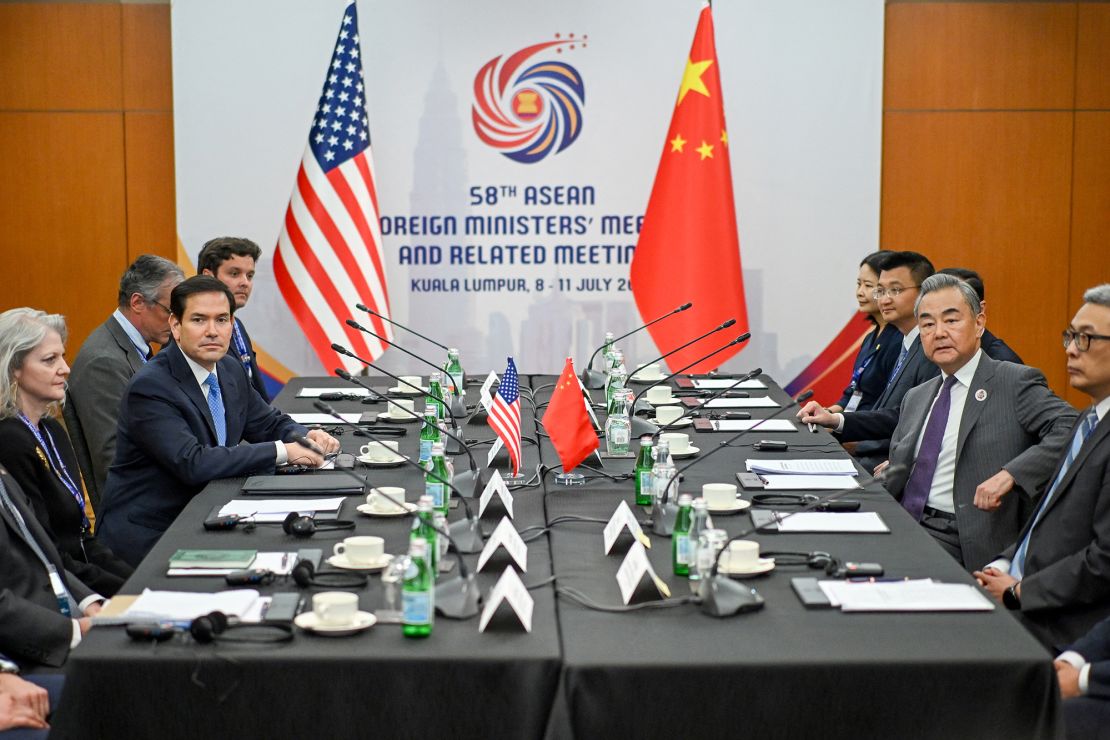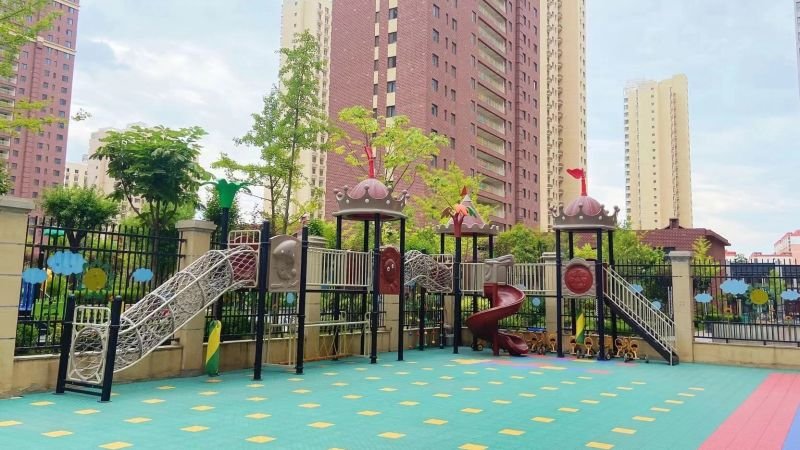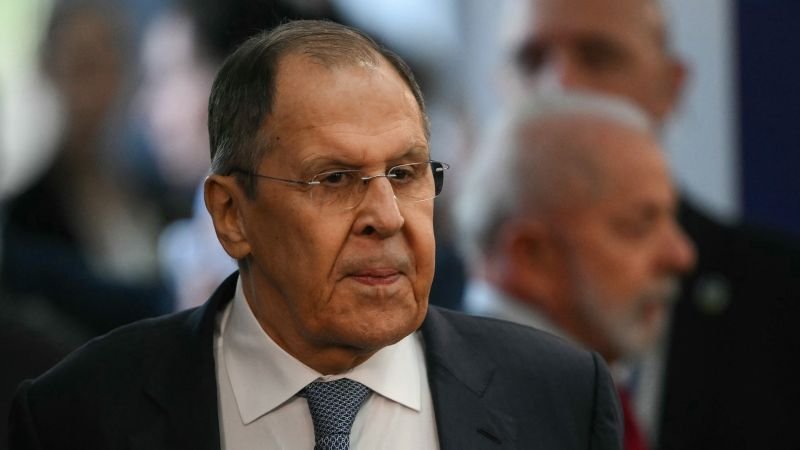Hong Kong
CNN
—
The CIA has released a pair of new videos aimed at luring Chinese officials to spy for the United States, tapping into disillusion within China’s vast bureaucracy and fear of leader Xi Jinping’s relentless anti-corruption purge.
The sleekly produced clips, filmed in Mandarin with Chinese subtitles, are the latest effort by the US spy agency to ramp up intelligence gathering on China, viewed by successive administrations as the top strategic rival and military threat to America.
China’s intelligence agency has also launched a very public campaign on social media over the last two years warning its citizens against spying for foreign nations and to keep a watchful eye out for espionage attempts.
John Ratcliffe, the CIA director, has pledged to make the threat posed by China a top priority and vowed to expand the agency’s focus on Beijing.
Last October, the CIA released a text video with step-by-step instructions in Chinese on how to securely contact the agency online. It was part of a broader drive to recruit new informants in China, Iran and North Korea.
The latest videos, posted on the CIA’s social media accounts, are much sleeker than last year’s production. Each running more than 2 minutes long, they come in the style of mini-movies, complete with plot lines, narration and suspenseful background music.
One video aims to appeal to senior Communist Party officials who live in perpetual fear of being snapped up by Xi’s seemingly endless crackdown on corruption and disloyalty. The campaign has punished millions of high-flying officials and low-ranking cadres alike, shaking government agencies, the military and state-owned companies.
“As I rise within the party, I watch those above me get discarded like worn-out shoes, one after another. But now, I realize that my fate is just as precarious as theirs,” the narrator says, as a Chinese official and his wife walk into a lavish dinner with Chinese government agents tailing him.
“It’s all too common for someone to suddenly vanish without a trace. What I fear most is that my family’s fate is tied to my own. I must prepare an escape route,” he says, while the camera pans to two empty seats at the dinner table.
The other video taps into a growing sense of disenchantment among young people in China. As the economy slows, some have come to realize that no matter how hard or long they work, the lives of the privileged, wealthy, and powerful remain out of reach.
It features a young government worker growing disillusioned with his career and life as he attends to a boss who lives a life of luxury fitted out in tailor-made suits and expensive watches.
He attends grueling political self-criticism sessions, eats meager takeout lunches, stays late to work on government reports and returns to a small apartment where he lives with his parents.
“From a young age, the party taught us that as long as we diligently followed the path laid out by our leaders, we would have a bright future. The sky that was meant to be shared by all is now enjoyed by only a few, leaving me no choice but to forge my own path,” he says. “I refused to lie flat!”
Both videos end with scenes of the protagonists contacting the CIA on the agency’s website: the senior party official is relieved that no matter what the future holds for him, his family can still enjoy a good life; the young government worker is excited about taking the first step toward building his own dream.

Authorities in China, which is in the middle of a five-day holiday, have not responded to the CIA videos. CNN has reached out to the Chinese Foreign Ministry for comment.
The CIA is confident that the videos are penetrating China’s “Great Firewall” of internet censorship and reaching the intended audience, Reuters reported.
“If it weren’t working, we wouldn’t be making more videos,” a CIA official told Reuters, adding that China was the agency’s foremost intelligence priority in a “truly generational competition” between the US and China.
By Friday afternoon, China’s state-controlled media had not reported on the videos, though they have caught limited attention on the country’s highly regulated social media. A few posts have mentioned the videos in writing, with one sharing screenshots. But the videos themselves have so far not been widely shared.
“The content of the videos is utterly ridiculous, and of course they can’t be posted (here),” read a Weibo post with 300 likes.
Another user wrote: “Their ulterior motives are self-evident. Since the US can’t shake us with its trade war, they’re trying to undermine us from within. The imperialists never stop scheming against China. We must stay united!”
The CIA’s publicity campaign on China comes as Beijing’s own spy agency has drastically raised its public profile in recent years. The once notoriously secretive Ministry of State Security now commands a massive following on Chinese social media, with near-daily commentaries, short videos or even comic strips sounding the alarm about supposedly ubiquitous threats to the country.
Last year, when the CIA’s former chief Bill Burns revealed in an article in Foreign Affairs magazine that the agency had allocated more funding and resources to gather intelligence on China and recruit more Chinese speakers, a spokesperson for China’s Foreign Ministry thanked him for reminding everyone that, “American spies are everywhere and infiltrating everything.”

























